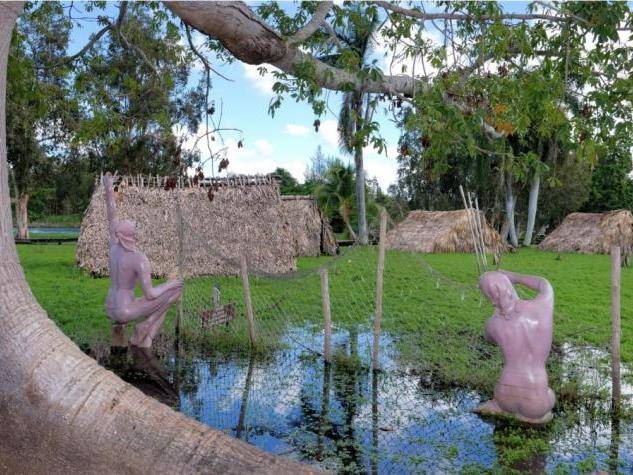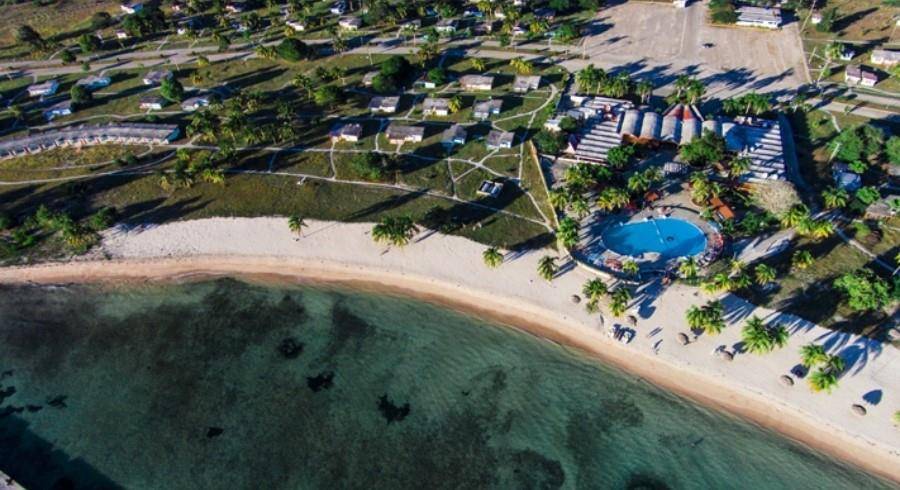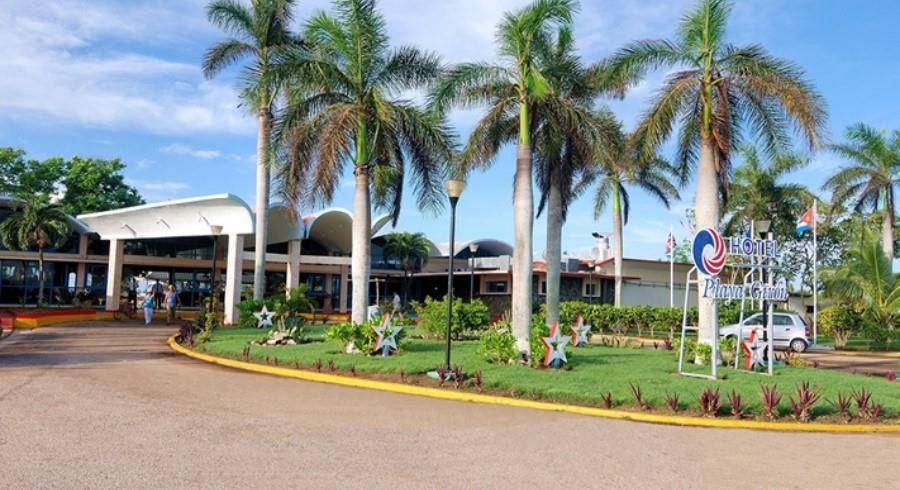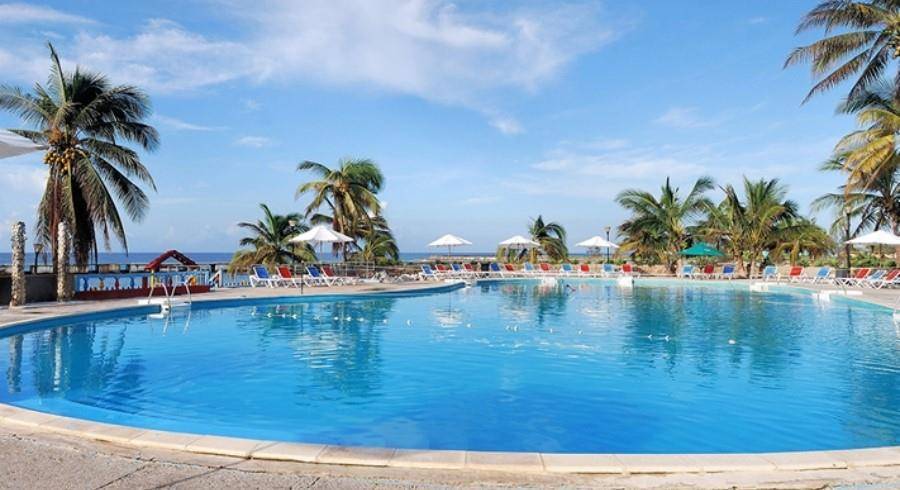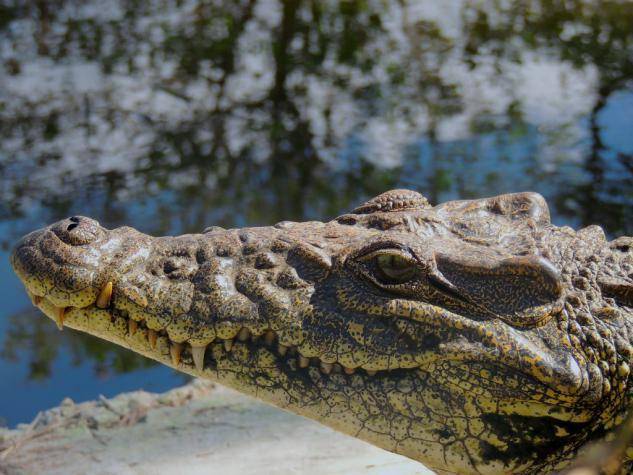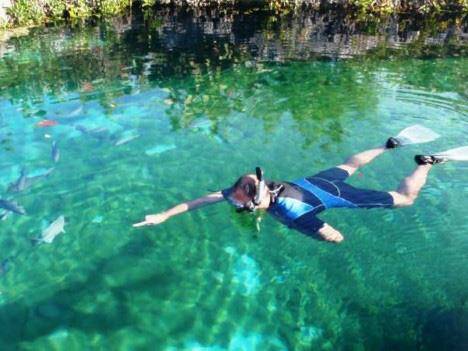About
Playa Giron
If you want to stay somewhere peaceful & simple beside the sea, Hotel Playa Giron is a great choice – particularly if you want to try snorkelling or diving.
Located in the Zapata peninsula just over 2 hours from Varadero, the hotel is a popular destination for divers, with crystal clear waters full of coral, gorgonias, sponges & a wide variety of sea life as well as wrecks.
Cubanacan Playa Giron hotel consists of detached single storey chalets which provide a comfortable place for you to lay your head after a day in the water. The bars & restaurants of the central complex provide adequate all-inclusive food & drink with lots of fine fish & meat. Guests can also eat & drink for free at Caleta Buena, a short bus ride away, which provides fabulous snorkelling & diving areas.
The Hotel Playa Giron complex provides good evening entertainment, delivered with enthusiasm & a big smile by the dedicated staff. The daytime activities are generally based around watersports with pedaloes available, while equipment for diving & snorkelling can be inexpensively hired. There is also is plenty to do nearby, including the Bay of Pigs museum & the ruins of a military installation.
The spacing of the properties means that the only sounds you will hear at night are those from the sea, while the free roaming of animals such as horses, dogs & goats only adds to the rustic charm of the place.
If you want a get away from it all break where you can have peaceful isolation or mingle with villagers, you should consider Hotel Playa Giron. The hotel is also recommended for anyone wanting to explore marine life in warm, azure waters, whatever their diving or snorkelling experience.
